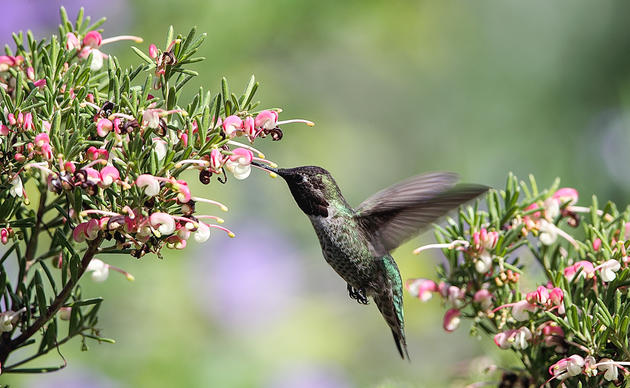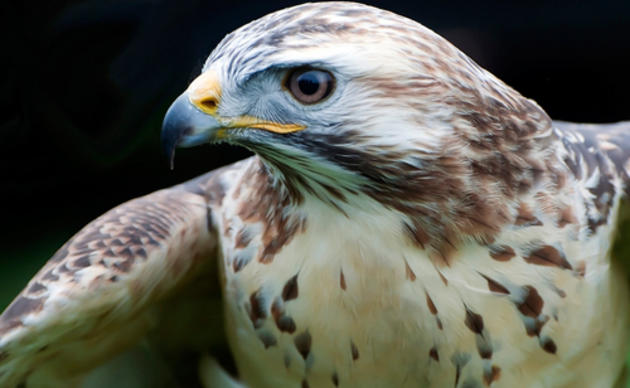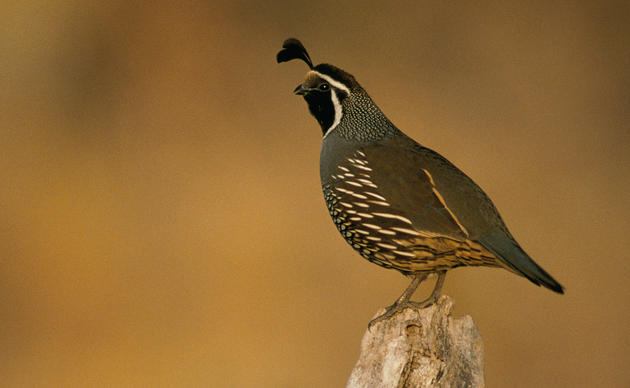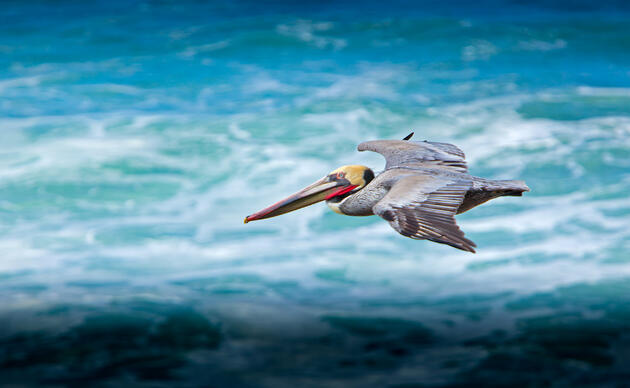Shell is not off to a good start for its plans to start exploration drilling in the Arctic Ocean this summer. First, one of Shell’s drill rigs broke loose of its anchor -- in Dutch Harbor. Because of ice coverage (in the Arctic? How surprising!), Shell has delayed its plans by nearly a month. The barge that is a critical component of Shell’s spill response plan remains in a Seattle harbor because it still hasn’t passed Coast Guard inspection.
Shell intends to drill exploration wells near vital habitat for millions of migratory birds in the Chukchi and Beaufort Seas – including species that are already considered imperiled or under threat (see below). One of the biggest risks of these drilling plans is the fact that currently no technology exists to clean up a major oil spill in the icy conditions of the Arctic Ocean. There is no commercial fishing fleet in the region. The nearest major port is at least 500 miles away, and the nearest Coast Guard station is more than 1,000 miles away, and the Healy is the only active Coast Guard icebreaker.
As seen in Prince William Sound, where you can still dig up oil from the 1989 Exxon Valdez spill on the beaches , oil can persist for decades in the chilly Alaska waters. The herring fishery in Prince William Sound has never recovered to its former numbers. If something on the scale of the Deepwater Horizon oil spill happened in the Arctic, there would be no way to clean it up – and these irreplaceable sites for birds would be contaminated for decades. This is why Audubon and nine other organizations recently filed suit in Alaska, challenging the federal government’s approval of Shell Oil Company’s Chukchi and Beaufort Sea spill response plans.
The Arctic is thousands of miles away, and the landscape is as unfamiliar to us as the surface of Mars. But this is where it’s important for us to remember how birds connect places in amazing ways. To a Western Sandpiper wintering in California’s Central Valley, the Arctic is a summer home.
Why is Audubon concerned about the Arctic Ocean?
Shell’s drilling sites in the Chukchi and Beaufort Seas are in the vicinity of thirty Audubon Important Bird Areas, including the globally significant Kasegaluk Lagoonand Ledyard Bay At the end of summer during molting, up to 30,000 Spectacled Eiders (photo below), a threatened species, gather in Ledyard Bay. Although the Arctic Ocean can be incredibly harsh in winter, in summer (when drilling would occur) it serves as a nursery for millions of birds. This map shows the large bird concentrations drawn by Alaska’s Arctic coastline.
Species such as the Yellow-billed Loon (an Audubon Watchlist species), Northern Fulmar, Short-tailed Shearwater, Crested Auklet, Aleutian Tern, Long-tailed Duck, Red Phalarope, Horned Puffins, Arctic Tern, and Black Guillemot, rely on these places.
There are also species from the Pacific flyway you you may be more familiar with, such as Western Sandpiper, Black Brant, Red-necked Phalarope, and Dunlin
Brant pair in Alaska
Western Sandpiper in Alaska.
By Garrison Frost
Monthly Giving
Our monthly giving program offers the peace of mind that you’re doing your part every day.




